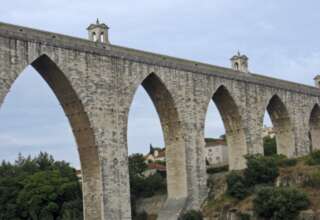
The shift in attention can drive any of us mad if we are inclined toward action and courage—or at least can drive us to anger. This, in turn, can lead us to the search for a new enemy. In the case of COVID-19 this can lead us to find and punish the “source” of and deliverers of the virus. Racism can run amuck. The scandal might now center on the misuse of virus-related funds or the corruption of a politician might focus on the way this person voted in a legislative body. When the old enemy is no longer threatening us, then considerable (and often polarizing and heated) discussion is likely to occur regarding who or what is now the enemy. A courageous formal leader who played a key role in defeating the enemy of their organization, community or nation is likely to be anxious about their own future role
Uncertainly regarding the new enemy is even more complex. There usually can’t be multiple enemies (unless they are perceived as being part of a unified coalition), nor can the enemy be identified in some vague terms. Thus, at the present time, the COVID-19 virus must be given our sole attention. We must set aside related issues such as climate change and poverty. What will happen after the virus becomes less threatening in our world? How will this transition be handled in various societies and globally? In addition, members of the organization, community or nation must focus on the tactical and strategic plans that will be engaged when confronting the new enemy. Thus, the phases I have already identified become very important: powerful enemy and decisive action
First, the challenge of a powerful enemy. As I have already noted, the formal leader who is honored and respected for his or her courage needs a viable enemy. One of the great challenges for this type of leader emerges when the enemy has been defeated. If there is no longer an enemy, then why do we need a courageous leader? We can point to Winston Churchill as a notable example of this decline in collective support for courageous leadership. While most historians agree that Churchill was a disagreeable chap, he is widely acknowledged to be a man of extraordinary courage during war time. His speeches and actions during World War II may have been critical in the failure of Nazi Germany to invade Great Britain. Yet, soon after the end of the war, Churchill was out of office. When he came back into office in the early 1950s the British Empire was in decline. While England during the 1950s was engaged in battles in many parts of the world (including the Mau-Mau rebellion in Africa, the war in Malaya and the Korean War), none of these wars involved England’s defense of its own homeland.






